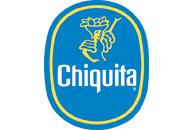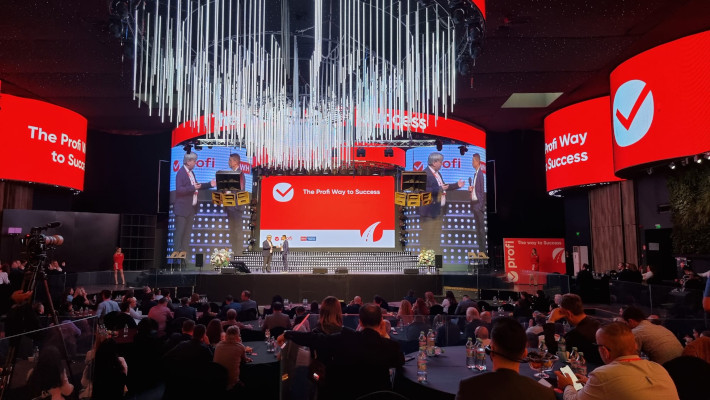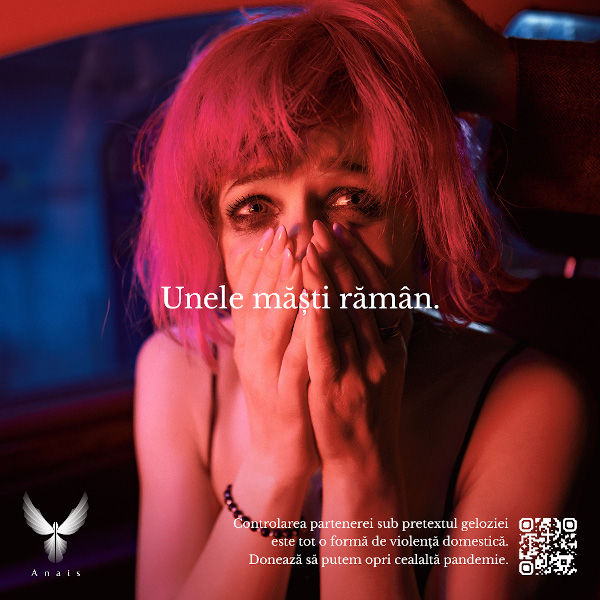Market
Established in 1899, Chiquita helped create the banana category in North America. Since its introduction to the United States in the 19th century, the banana has become the country’s most popular fruit. In fact, the banana is one of the most widely consumed foods in the United States, with 87 percent of all U.S. households purchasing bananas. Each year, the average person consumes approximately 25 pounds of bananas; collectively, more than 7 billion pounds of bananas are purchased and eaten annually.
{viewonly=registered,special}Achievements
Chiquita was one of the first to recognize what an important role a brand could play in a commodity category, and the company has worked hard to cultivate a strong relationship with consumers. Chiquita is also one of the best-known brands in America. More than 90 percent of consumers know the Chiquita brand and Chiquita is the preferred banana brand.1 Consumers love Chiquita, as do supermarket retailers. The strength of the brand results in greater sales for retailers who stock Chiquita.
While Chiquita is well known as America’s favorite banana brand, the company also pioneered many of the practices employed today in the growing, harvesting, handling, packaging, and ripening of bananas — and even operates its own fleet of shipping vessels. First launched in 1899, the ships — known as the “Great White Fleet” — were painted white to reflect the heat of the tropical sun and thus maintain the optimum temperature for bananas. Chiquita has since set many industry standards — including refrigerated shipping vessels, innovative packaging, and container ripening procedures. The company continues to combine state-of-the-art technical practices with careful handling in order to provide the best quality bananas possible.
Recognizing the need to protect the lands where its bananas are grown, Chiquita has led the industry in implementing environmentally responsible agricultural practices. In 2000 — after investing eight years of effort and more than $20 million in capital improvements — Chiquita became the first global banana brand to have 100 percent of company-owned banana farms receive certification from The Rainforest Alliance for meeting strict sustainable environmental and social performance standards. Each year, all Chiquita-owned farms — which total approximately 20,000 hectares (50,000 acres) — are recertified by The Rainforest Alliance based on independent farm-by-farm audits of performance.
History
The history of Chiquita and the banana category dates back to the 1870s, when two industrious men saw an attractive business opportunity in the delicious yellow fruit. In 1870, Capt. Lorenzo Dow Baker purchased 160 bunches of bananas in Jamaica and sailed them to Jersey City, New Jersey. There, Baker sold the bananas for a profit, and in 1895, Baker established the Boston Fruit Company.
In 1871, Minor C. Keith traveled to Costa Rica, where he contracted to build a national railroad. In order to supply cargo and passengers for the railroad, he planted bananas alongside the tracks — to provide paying fares both inland and back to the sea. On March 30, 1899, Keith’s railroad company merged with the Boston Fruit Company, forming the United Fruit Company. That merger marked the official creation of what is now known as Chiquita Brands International.
The history of the Chiquita brand begins in the 1940s. World War II brought the banana industry to a virtual standstill, as the British and American governments requisitioned company ships to aid in the war effort. In 1944, looking for new ways to invigorate the banana business, Chiquita introduced its now-famous Miss Chiquita character, along with a lively jingle. In 1963, the company added the Chiquita sticker to its fruit. Together, Miss Chiquita, the Chiquita jingle, and the Chiquita sticker became the most identifiable elements of the Chiquita brand. Familiar to generations of consumers, each brand icon has a history of its own.
Miss Chiquita. One of the most famous brand characters ever developed, Miss Chiquita debuted as an animated banana character in cinema advertising during the 1940s. Her famous Chiquita jingle educated Americans about the special ripening needs of bananas and informed consumers of the role of bananas in a healthy lifestyle.
Miss Chiquita has taken many forms over the years. Originally depicted as a “banana-lady,” she evolved to human form in 1986. While her costume continues to adapt to the times, she has worn her distinctive fruit bowl hat from the beginning. Having celebrated her 60th birthday in 2004, Miss Chiquita continues to be one of America’s best-loved characters.
The Chiquita Jingle. Fun, lively, and entertaining, the Chiquita jingle introduced Miss Chiquita to the world with the lyric, “I’m Chiquita banana and I’ve come to say.” Originally composed in 1944 by Len Mackenzie and Garth Montgomery, the jingle quickly took on a life of its own, becoming a part of American culture. At the height of its popularity in 1945, the jingle was airing 376 times a day on the radio, prompting Time magazine to publish this profile:
Articole recomandate:
Strategii de succes: 5 campanii creative de marketing ale Sezamo
Cum transformi o conferință de business într-o experiență imersivă de brand
Asociația ANAIS - Unele măști rămân
Case study: Nu ești singur, vom găsi drumul împreună!
“Scrisori pe frunze” pentru Liv.52 de la Himalaya
Ce isi doresc copiii din centre de plasament si cum a ilustrat Gabi Toma dorintele lor
Case study: Comunicare pentru schimbare - Patrula de Reciclare
Case study campania vALLuntar realizata de Editura ALL
Pages: 1 2




